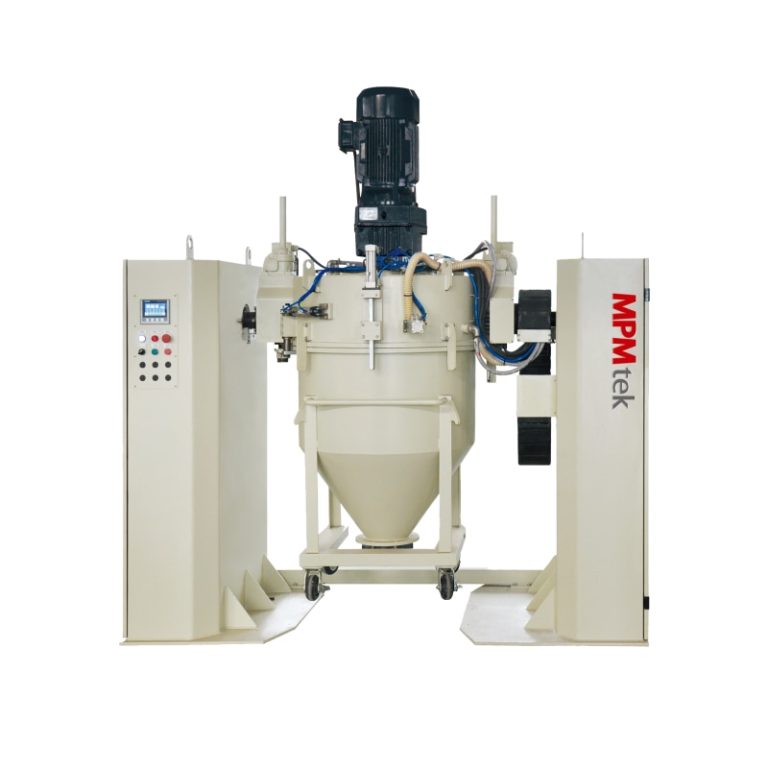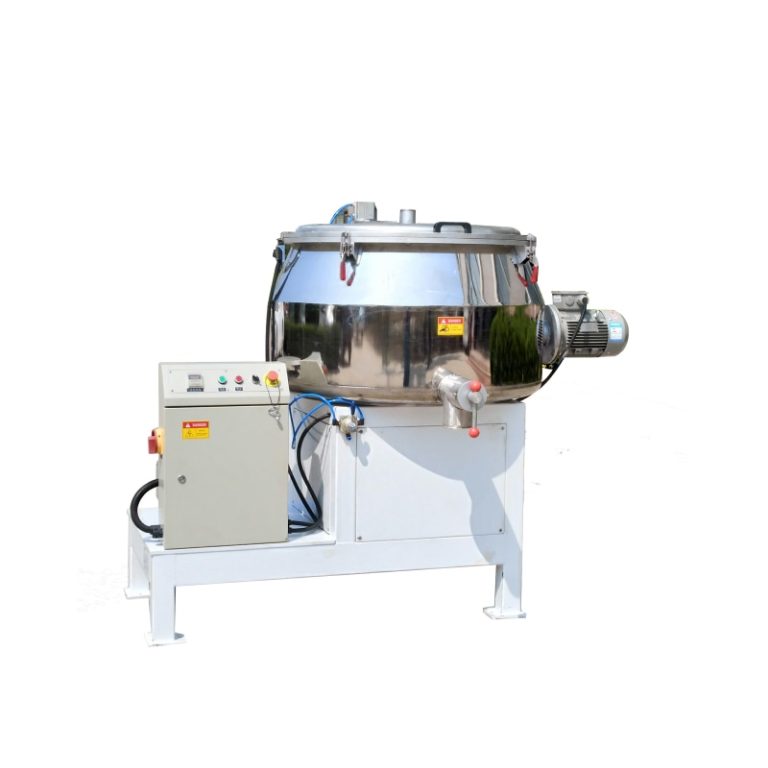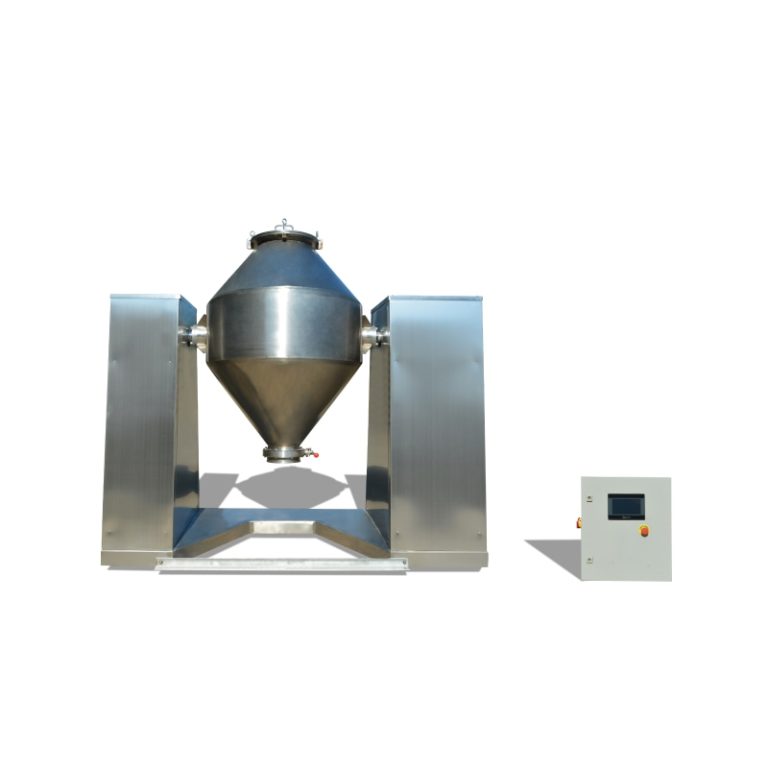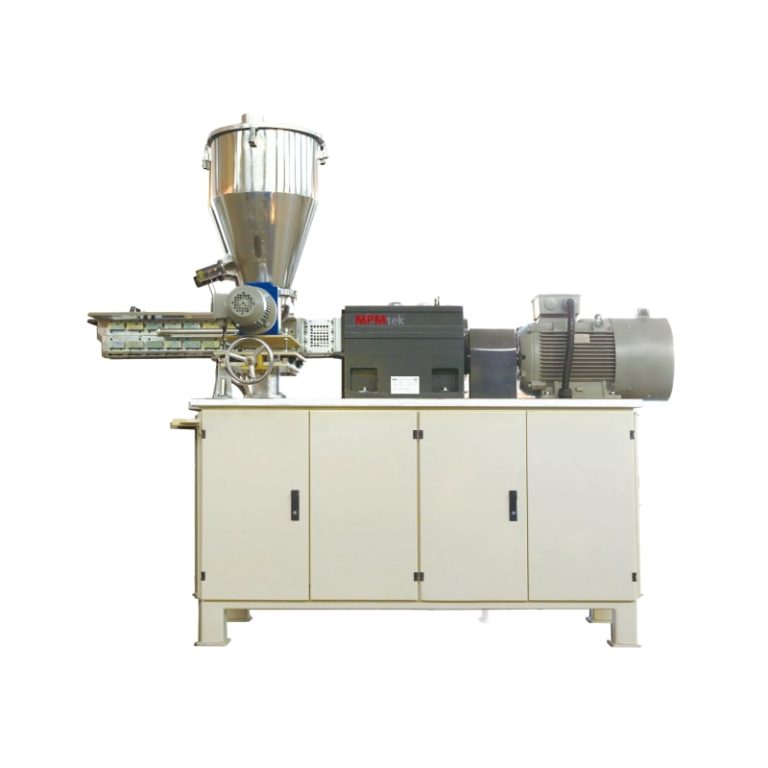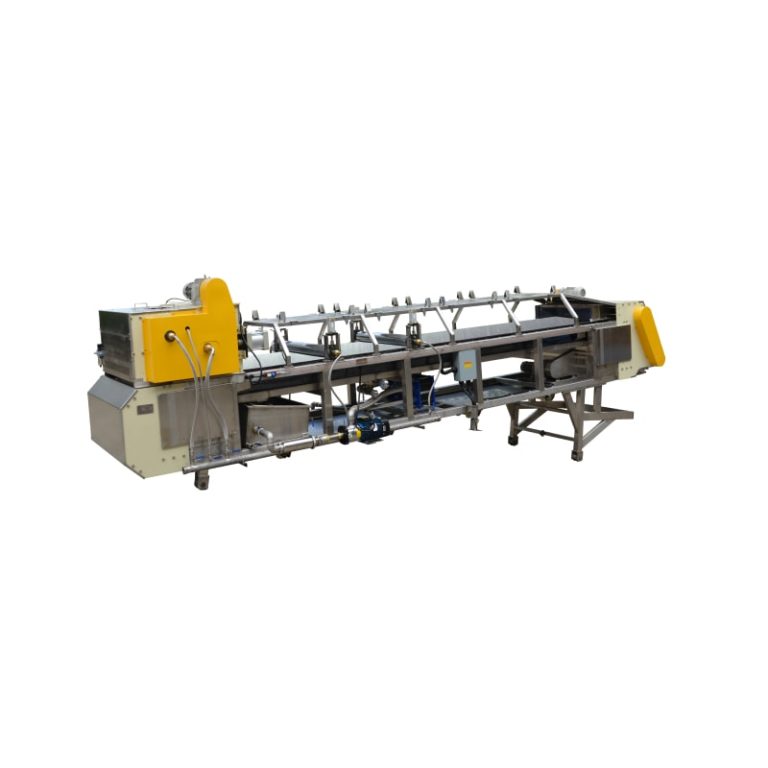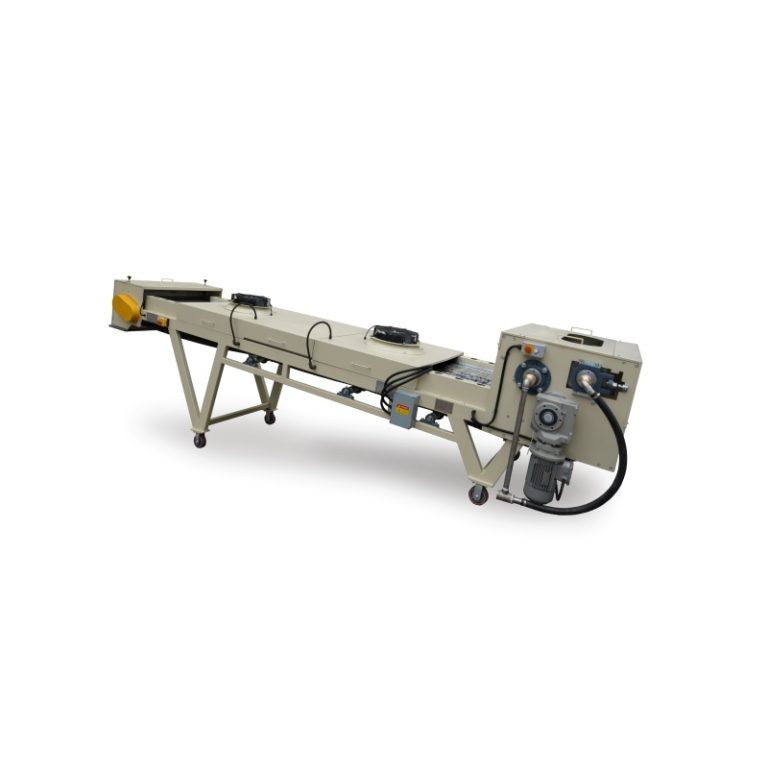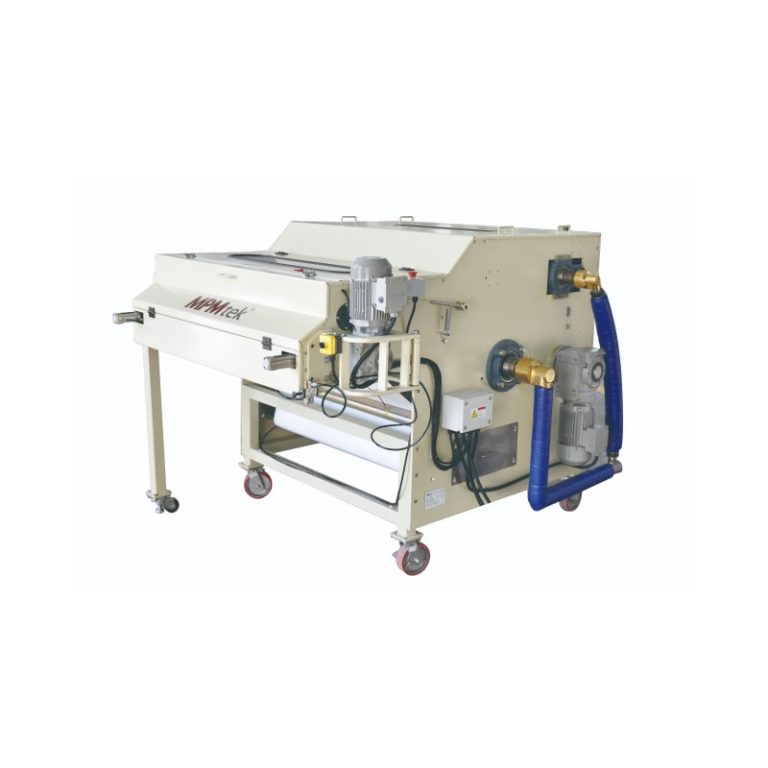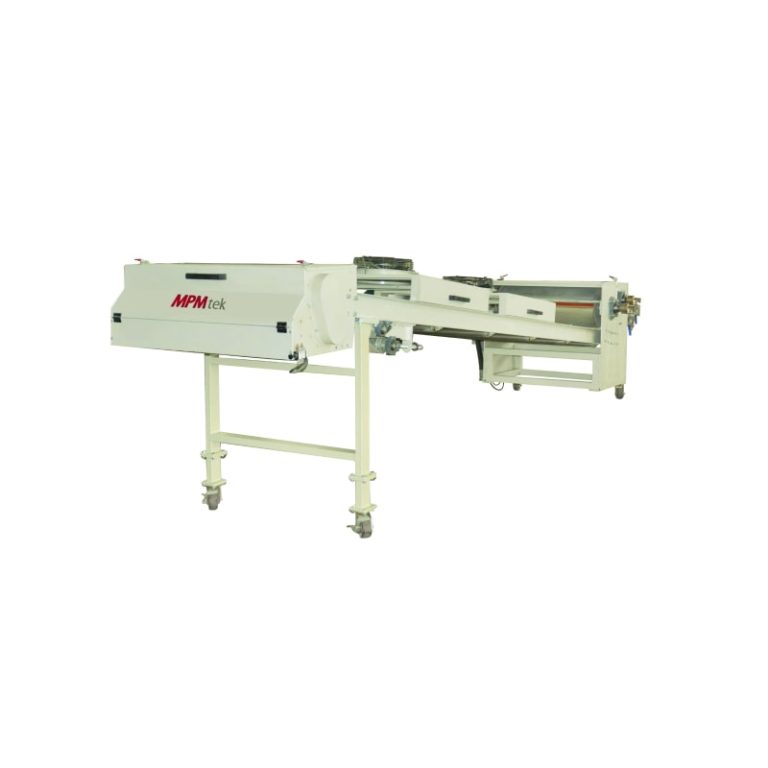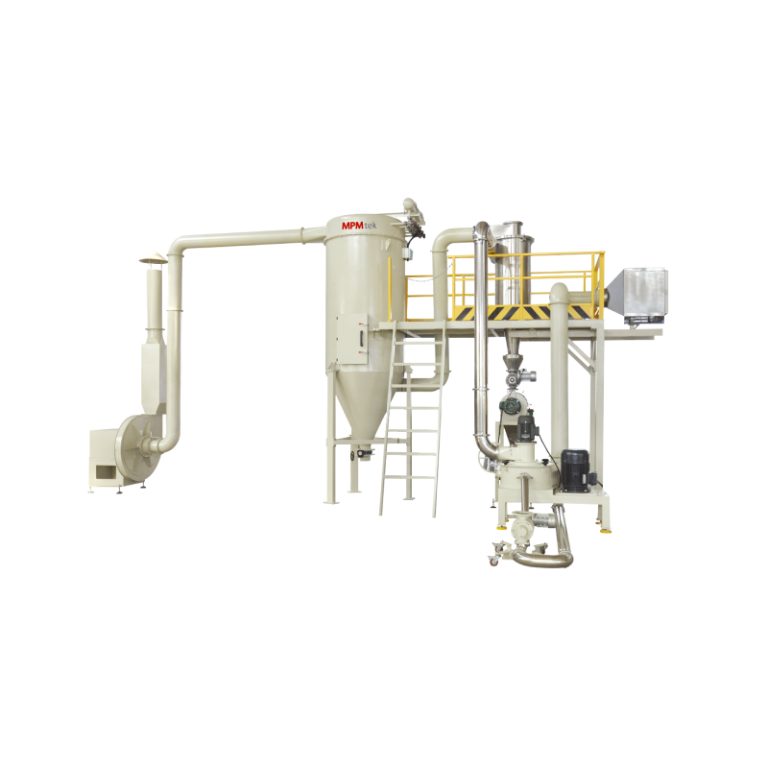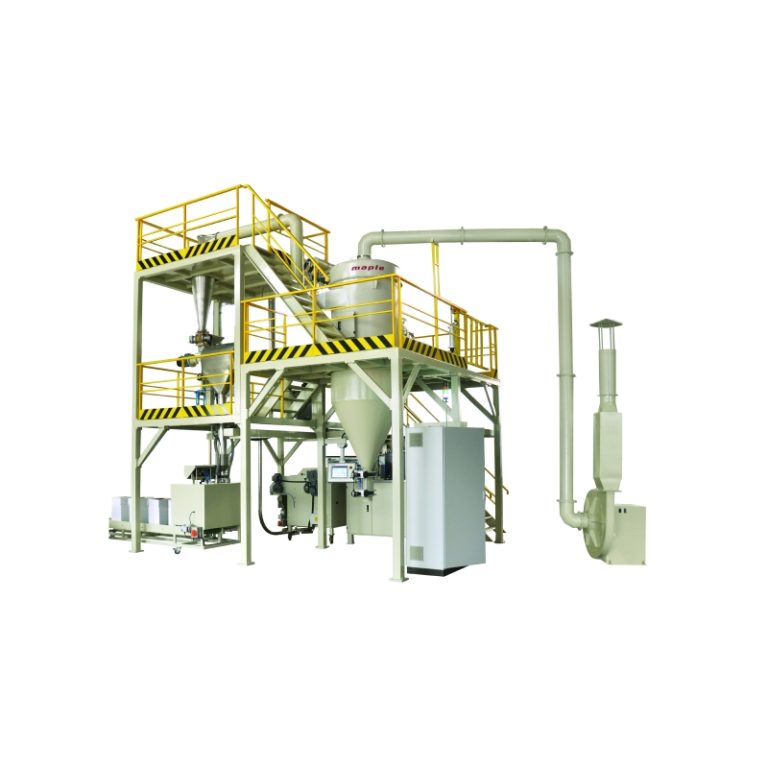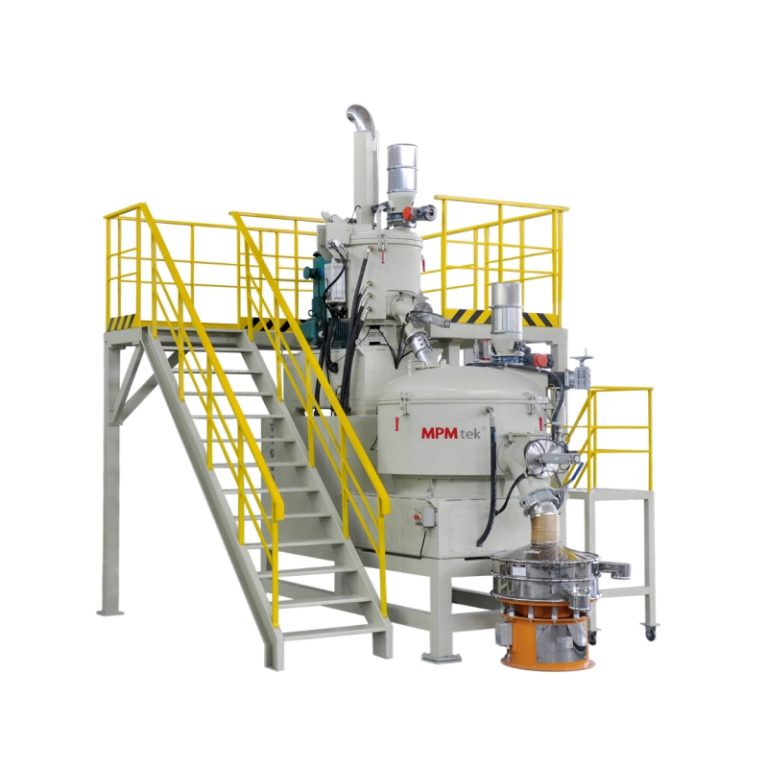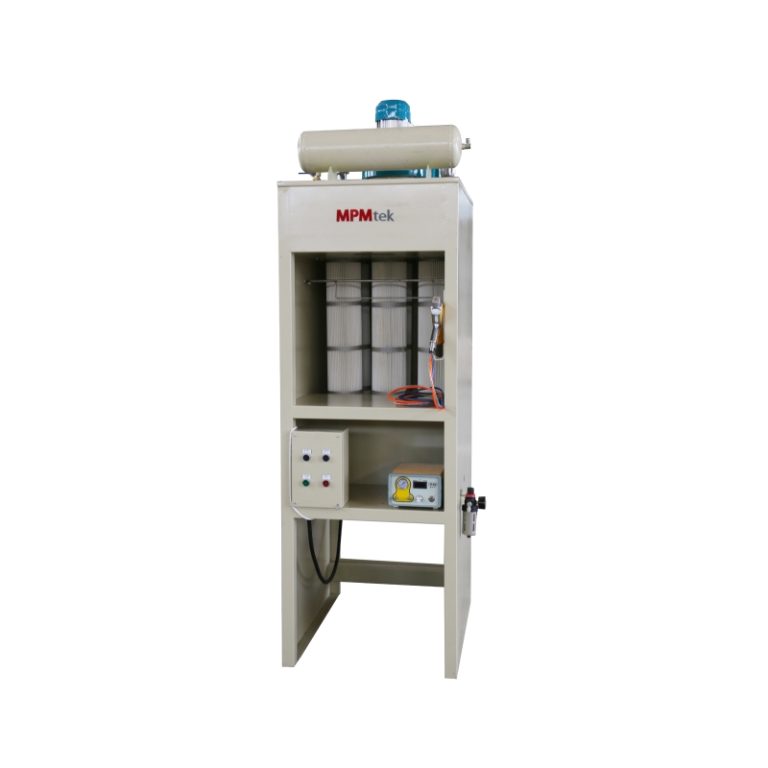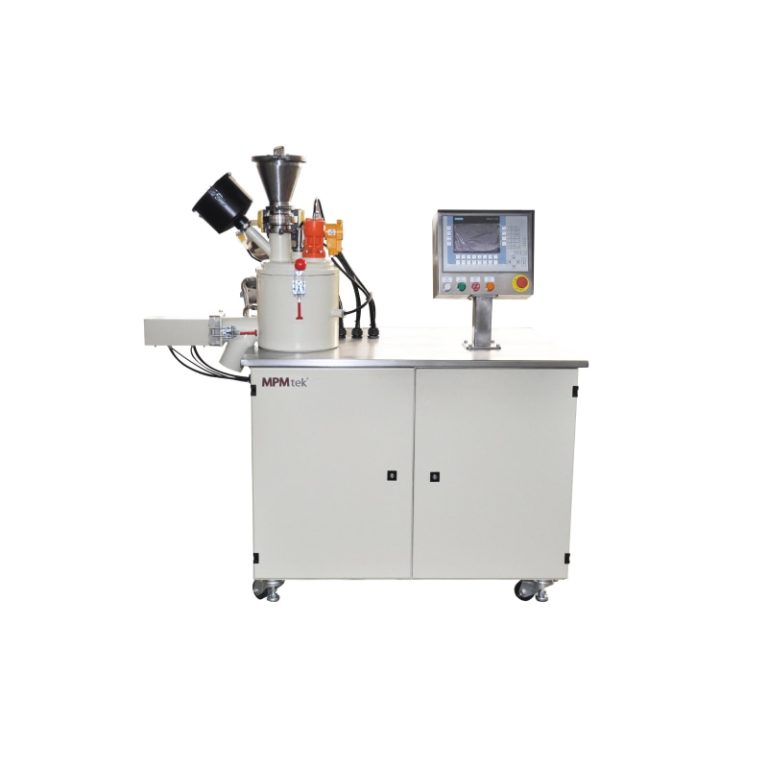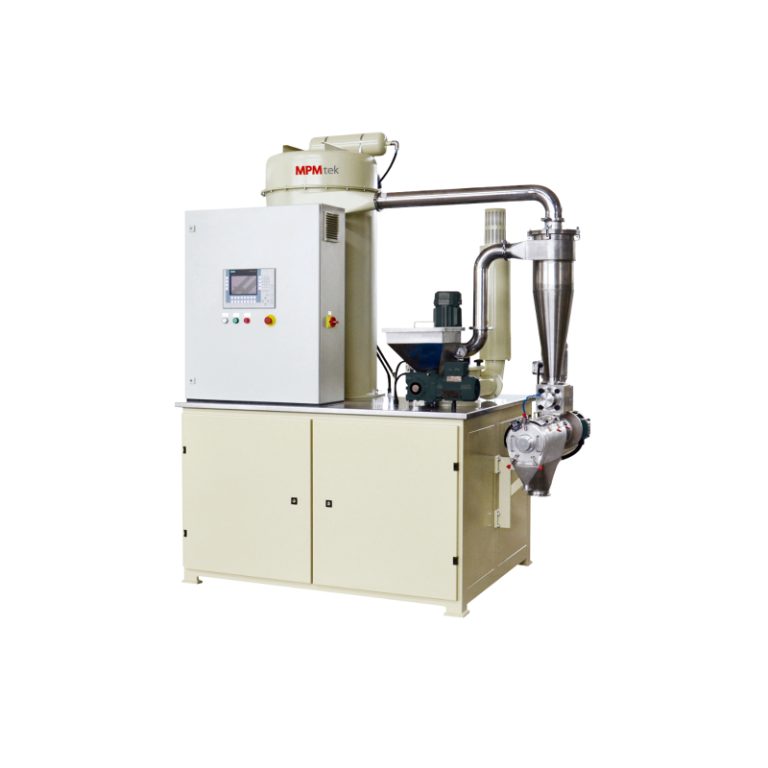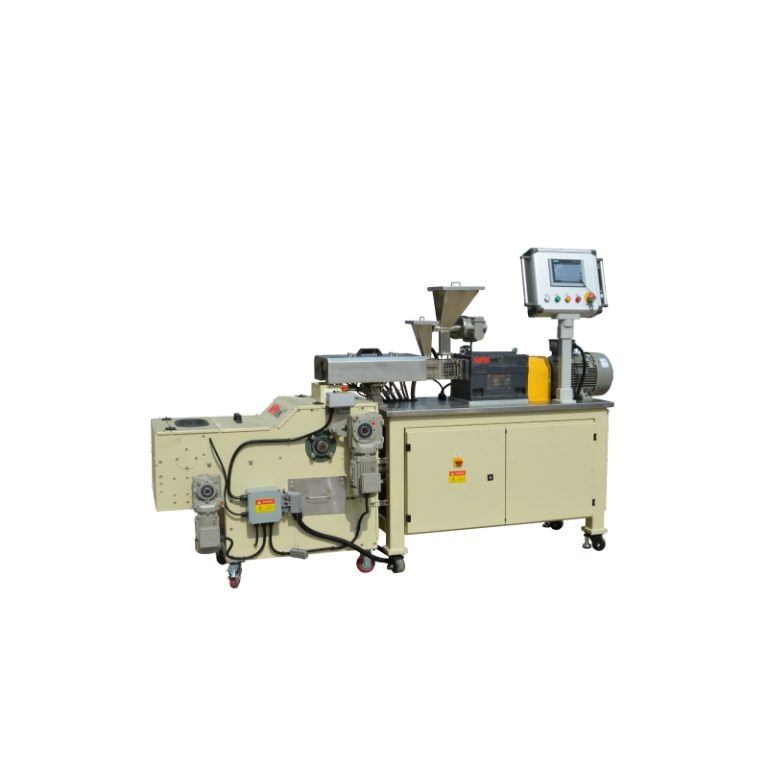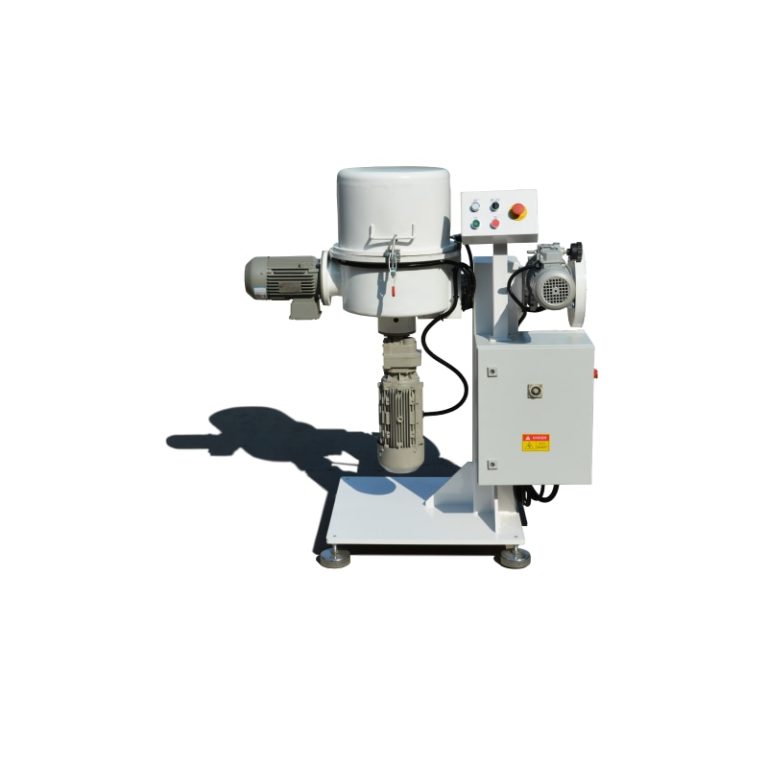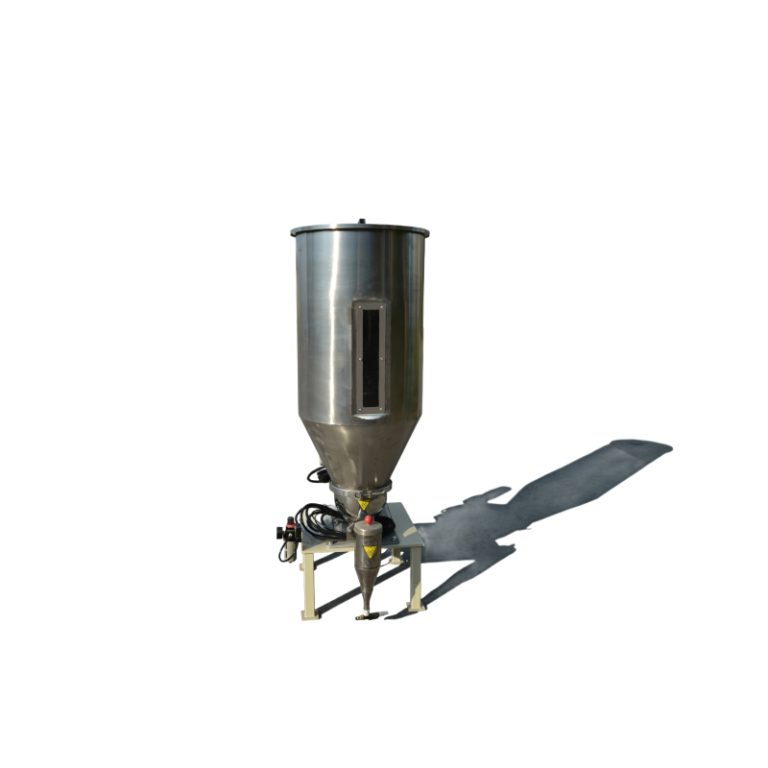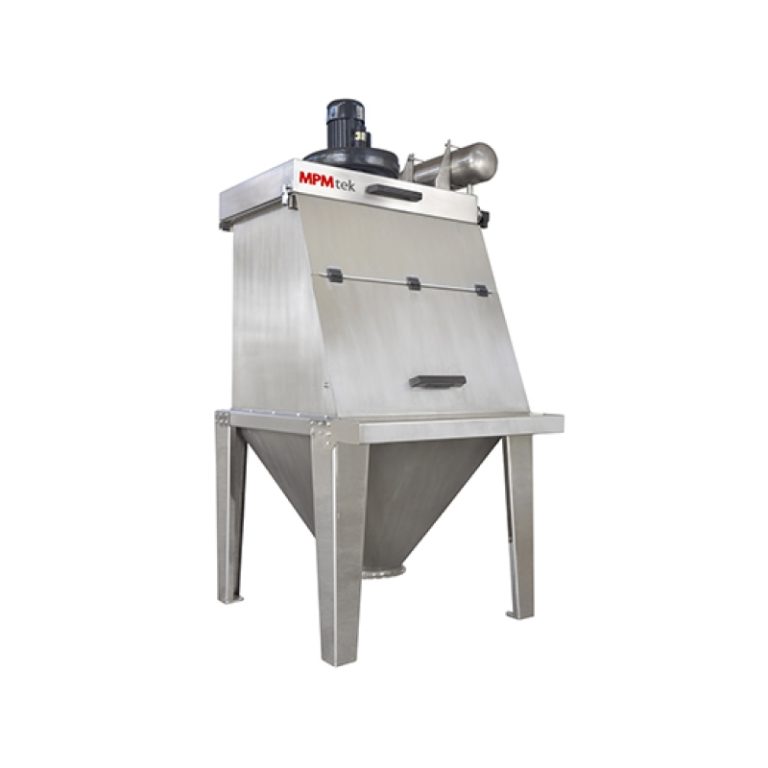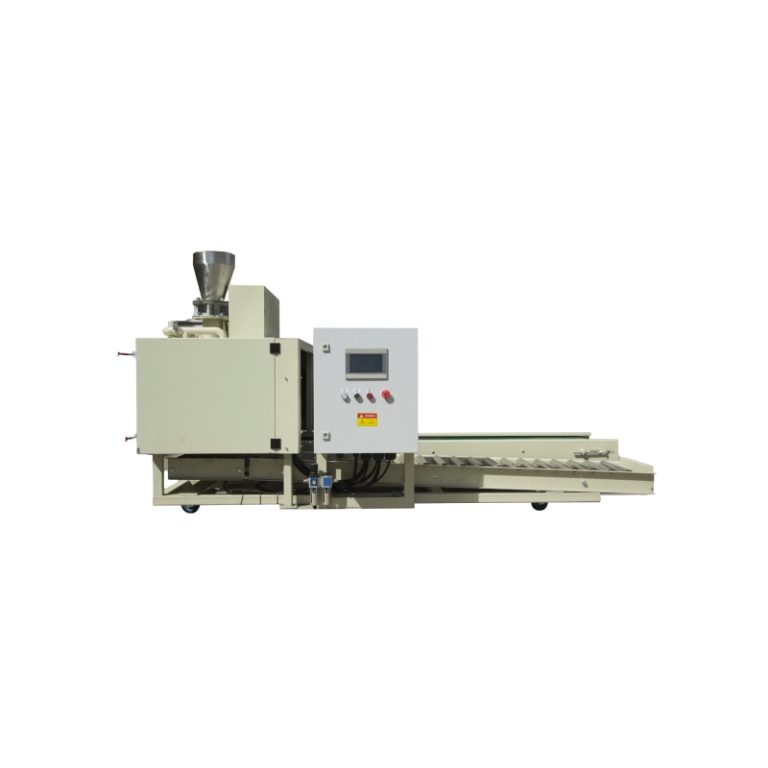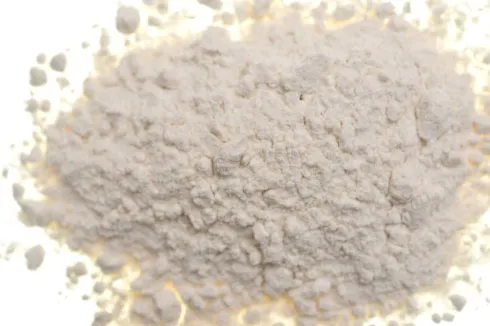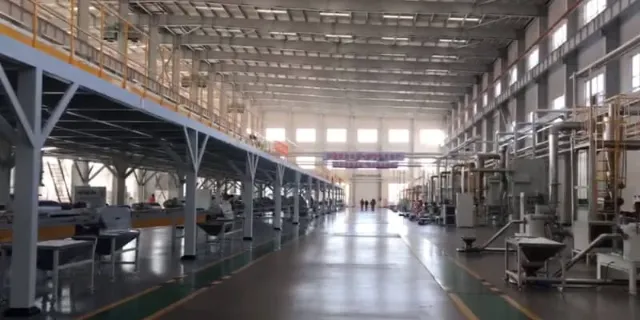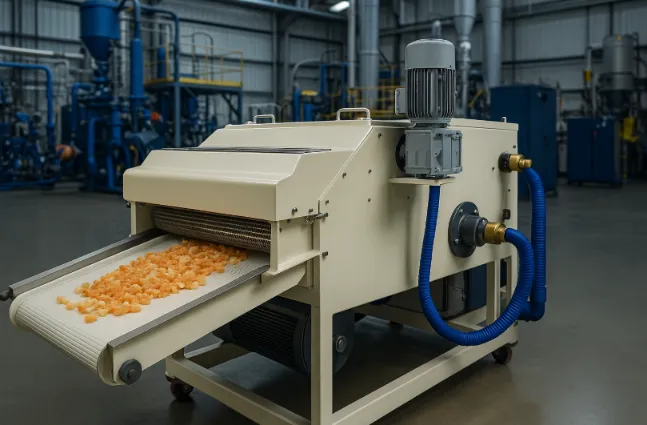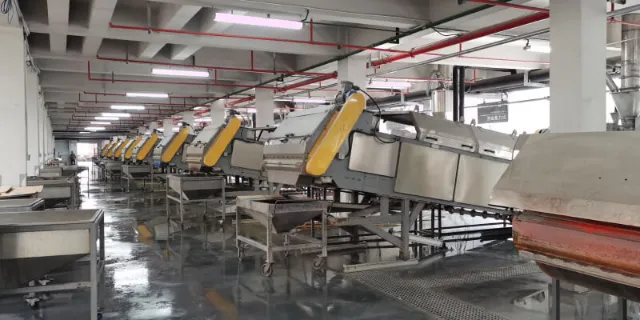
Introduction
In powder coating production, every part of the line matters. The cooling belt is not as big as an extruder or as heavy as a grinder, but it plays a serious role. It chills the hot extrudate after mixing and extrusion. Then the material becomes solid chips, ready for crushing and grinding.
If the belt breaks down or wears too fast, production slows. Product quality drops, and costs go up. Taking care of the belt is not just about saving on spare parts. It is about keeping the whole line smooth and efficient.
Role of the Cooling Belt in Powder Coating Production
What Is a Powder Coating Cooling Belt?
A cooling belt is a flat conveyor with a chilled steel plate or a water cooling base. When the melted resin mix leaves the twin screw extruder, it falls onto the belt. Fans and chilled plates cool it while the belt moves forward. In less than one minute, the sticky sheet turns into a hard, brittle chip.
If this step is missing, grinding would not work well. Uncooled material gums up the crusher and overloads the ACM mill. The cooling belt works like a gatekeeper between extrusion and grinding. It makes sure the process passes smoothly.
Why Cooling Belt Lifespan Matters
If the belt surface is scratched or the cooling system weak, problems show quickly. Chips may stick. Edges may curl. Sometimes cracks appear unevenly. Operators know the pain of half cooled sheets jamming the crusher. Downtime comes next, and output targets fall.
Replacing a belt too early costs money. The hidden cost is worse, wasted resin, wasted batches, and extra hours. A long lasting belt saves both money and time.
Common Problems with Cooling Belts
Belt Wear and Tear
Heat, friction, and long use slowly damage belts. After many hours, cracks show. The smooth surface gets rough. That roughness makes chips stick and release poorly. When ignored, it gets worse. Operators scrape harder, which damages the belt even more.
Contamination and Residue Buildup
Additives and pigments often leave sticky marks. Some formulas harden fast if the cooling is uneven. These hard spots scratch the belt like sandpaper. They can even pollute the next batch. A dirty belt shortens its life and hurts product quality.
Misalignment and Mechanical Issues
If the belt runs off center, edges rub against walls or rollers. This makes the sides wear down. Bearings get stressed too. Misalignment also causes vibration, which spreads to other machines. A belt running even a little off track for weeks can lose half its life.
Overheating or Poor Cooling Efficiency
Belts rely on cold water and sometimes fans. If pipes clog or cooling units are not cleaned, the belt runs hot. Instead of crisp chips, you get sticky sheets. Poor cooling hurts the belt and makes the crusher and mill work harder.
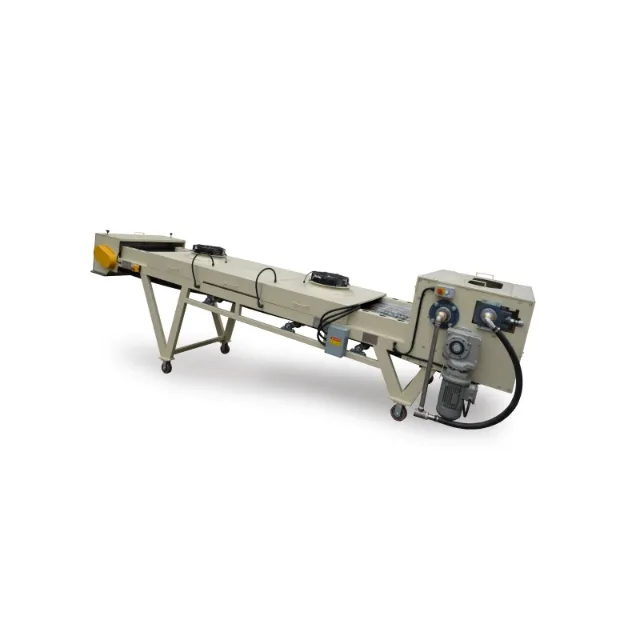
Practical Tips to Extend Cooling Belt Lifespan
Regular Cleaning and Maintenance
Cleaning is cheap but powerful. After each shift, check for resin drops or hardened spots. Even one lump can scratch the belt. Many plants use scrapers or mild solvents from the maker. The rule is simple: clean often, don’t let dirt sit.
Correct Belt Alignment and Tension
Check belt tracking weekly. Automatic tracking helps, but human checks are still needed. Tension also matters. If too tight, bearings wear out. If too loose, the belt slips. Finding the right balance comes from practice and routine care.
Avoiding Overloading
Every extruder has a limit. If operators push more material than it can handle, the cooling belt suffers. Thick sheets cool unevenly. Staff then push fans harder or scrape more, stressing the system. A steady flow is always better.
Routine Inspection and Replacement of Parts
Rollers, bearings, and cooling fans all affect belt life. Replace small parts early. A bad roller may seem minor, but it makes uneven contact and damages the surface. Keeping spares ready saves both time and nerves.
Best Practices for Operators
Train Staff for Daily Checks
Even the best machine fails without care. Workers should look for cracks, noise, or sticky streaks every day. A quick five minute check can save hours of lost work.
Use Recommended Spare Parts
Cheap parts often don’t fit right. A wrong bearing or roller causes misfit and more wear. Using parts approved by the maker keeps the belt safe and the warranty valid.
Monitor Performance with Simple Records
Keep a notebook for cleaning, checks, or minor fixes. Over time, you see trends. Maybe one formula leaves more residue. Or maybe a certain load stresses the belt. These notes help managers make better calls.
Choosing the Right Cooling Belt System
Material and Build Quality
Not all belts are the same. Some have stainless steel plates. Others use coated surfaces. Roller quality and frame strength matter too. A stronger design costs more at first but lasts longer.
Compatibility with Extruder and Production Line
A belt should fit the extruder. If too narrow, material spills and edges wear faster. If too slow, sheets pile up. Matching speed and width avoids trouble.
When to Upgrade Instead of Repair
At some point, repairs are not worth it. If cleaning takes more time than production, or the surface is full of scars, upgrading is smarter. New belts also cool better and are easier to clean.
Conclusion
The cooling belt looks simple, but it is key in a powder coating line. A belt in good shape gives uniform chips, fewer stops, and lower costs. Extending its life is not hard. Clean it often, align it right, load it steady, and fix small parts on time.
For plant leaders, the choice is easy. Spend effort on care and, when needed, invest in quality equipment. MPMtek, a maker of powder coating production equipment, offers strong cooling belts and complete extrusion systems. With the right setup and habits, production stays smooth and efficient.
FAQ: Powder Coating Cooling Belts
Q1: What does a cooling belt do in powder coating production?
It cools hot extrudate into solid chips.
Q2: Why do cooling belts wear out?
Heat, dirt, and misalignment are common reasons.
Q3: How often should a cooling belt be cleaned?
After each shift is best.
Q4: Can overloading damage the cooling belt?
Yes, too much material stresses it.
Q5: When should I upgrade instead of repair?
If repairs are constant and cooling is poor, upgrade.

